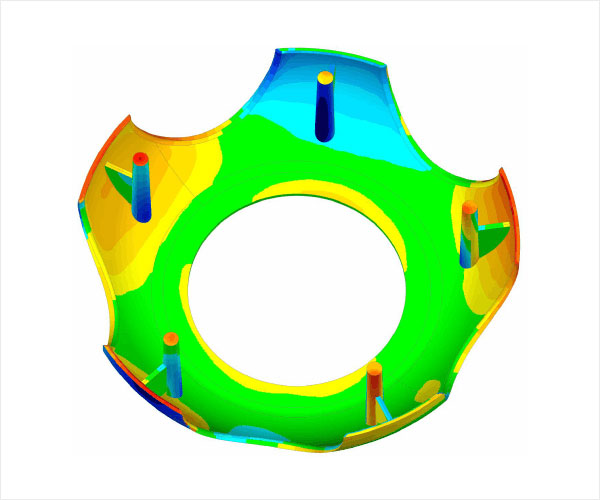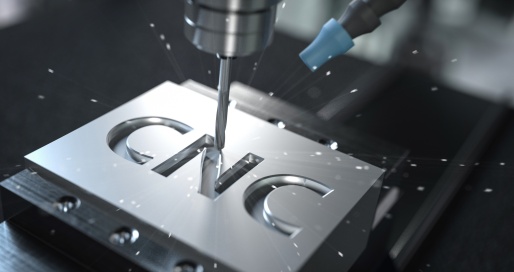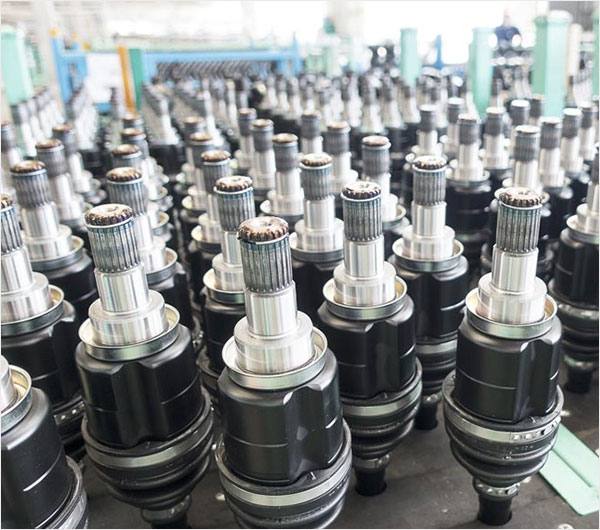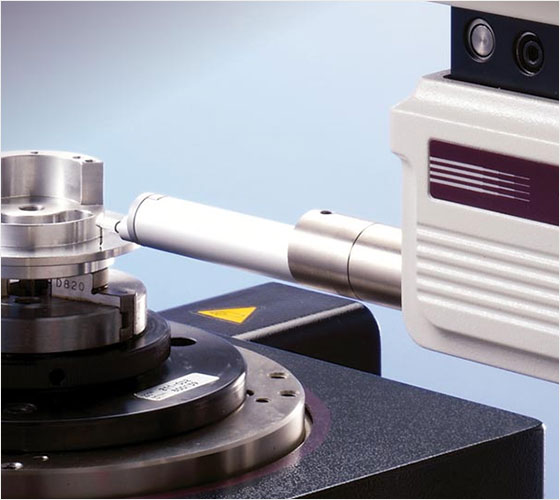Electropolishing is an intriguing technique that has become well-known for its capacity to improve surface smoothness across a range of sectors. It is essential for individuals looking for the best outcomes in their products to learn how this procedure operates, its uses, and how it affects the surface finish. The nuances of electropolishing, the materials it works with, and its importance in producing excellent surface finishes will all receive attention in detail in this article.
I. Understanding Electropolishing
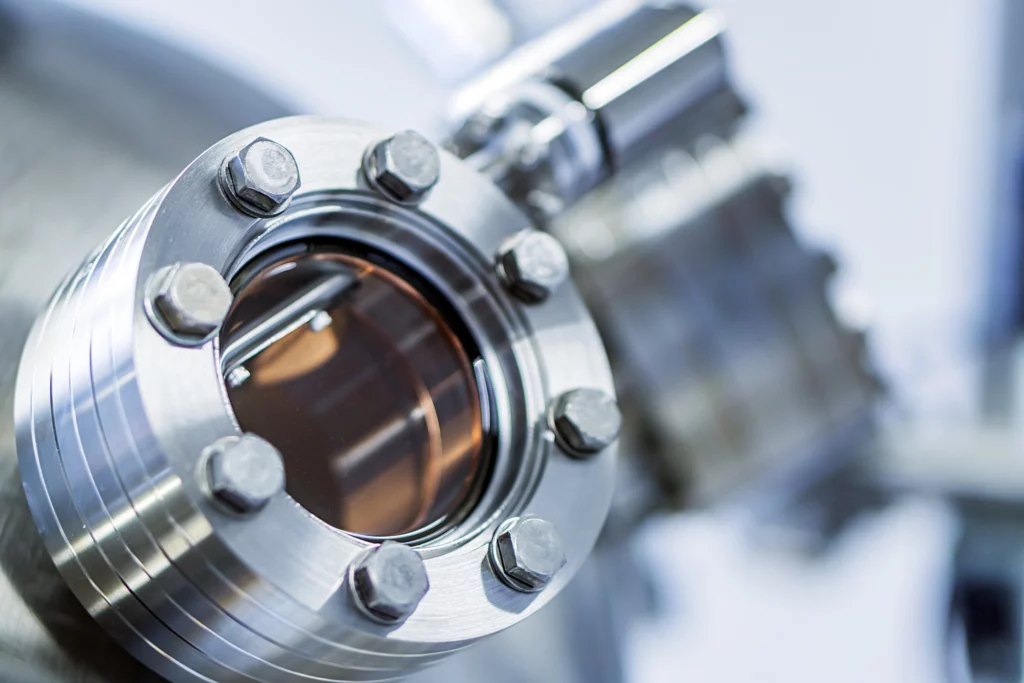
A workpiece’s surface can be selectively cleaned of metal using an electrochemical method called electropolishing. This method is frequently applied to provide metal components with a smoother, more polished surface quality. Three essential parts have a role in the process:
-
Electrolyte Composition and Its Role:
An essential component of electropolishing is the electrolyte, which is a chemical combination. Usually, it is a mix-up of acids and other chemicals that facilitate the electrochemical processes needed for the procedure. Optimal material removal and surface growth by a composition that changes according to the metal being polished.
Electrical Current Application: To electroplate a metal workpiece, an electrical current is necessarily applied. The electrochemical processes that take place between the metal and the electrolyte get assistance from this current, which removes surface defects and produces a smoother finish.
Material Removal Mechanism: The surface of the workpiece has metal ions selectively removed during electropolishing. The substance dissolves under regulated conditions to accomplish this procedure, leaving behind a highly polished and refined surface. Electropolishing yields consistent results, even in intricate geometries and challenging-to-reach regions, in contrast to conventional polishing techniques.
-
Types of Materials Suitable for Electropolishing
Copper, titanium, aluminium, stainless steel, and aluminium are among the metals that electropolishing works very well on. Due to its versatility, the technique is applicable in a variety of sectors and fields.
-
Industries and Applications Where Electropolishing is Commonly Used
Applications for electropolishing are often found in the medical, aerospace, automotive, and electronics sectors. Electropolishing produces a higher surface quality that is beneficial for components including surgical instruments, aviation parts, automobile fittings, and electronic connections. The method applies because it can increase overall durability, decrease friction, and improve corrosion resistance.
II. Surface Finish and Its Significance
A. Definition of Surface Finish
The quality and features of a material’s surface following different procedures, such as coating, machining, or polishing, are referred to as surface finish. It is an important factor that affects a product’s ability to work and look well.
B. Role of Surface Finish in Product Performance
Surface polish is more important than just looks. A smooth surface reduces friction, increases wear resistance and resists corrosion. Surface finish has a direct influence on component operation and longevity in areas such as aerospace and medical, where accuracy and dependability are critical.
C. Standards and Measurements for Surface Finish Evaluation
There are several measuring methods and standards for assessing surface finish. Rz (mean roughness depth), Rt (total roughness), and Ra (roughness average) are examples of common parameters. Engineers and manufacturers utilize the measurable data these measures give to make sure their goods satisfy the necessary criteria.
III. Electropolishing and Surface Finish
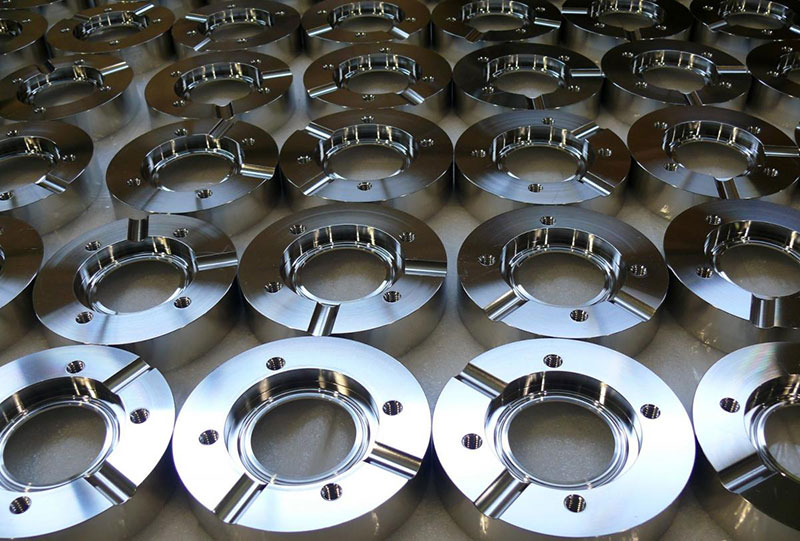
A. Examining the Impact of Electropolishing on Surface Finish
Electropolishing is a very good way to improve surface quality a lot. Compared to conventional mechanical polishing techniques, electropolishing produces a smoother, more polished surface due to the controlled removal of material. Better performance and a longer shelf life are directly related to this enhanced finish.
B. Case Studies and Examples Demonstrating Surface Improvement
Numerous case studies demonstrate how electropolishing may significantly improve surface quality. In the medical field, for example, electropolished surgical equipment has better corrosion resistance. It ensures a longer lifespan and maintains critical sterility levels. Electropolished aeronautical components provide less friction, which enhances overall performance and fuel economy.
C. Comparison Between Electropolished and Non-Electropolished Surfaces
Let’s compare two similar metal surfaces—one that was successfully electropolished and the other that hasn’t—to show how successful electropolishing is. There will be fewer flaws, a smoother texture, and better corrosion resistance on the electropolished surface. On the other hand, the non-electropolished surface could be less uniform in appearance and have possible corrosion spots and micro-roughness.
Factors Influencing Surface Finish Improvement
When electropolishing, achieving the ideal surface finish involves a complex dance of variables, each of which is vital to the final result. Let’s examine the major forces that shape surface-enhancing techniques.
A. Material Properties
One crucial element is the kind of material becoming electropolished. Various metals react differently to the procedure; copper, aluminium, and stainless steel show good results. Comprehending the constitution of the material aids in customizing the electropolishing method for the best outcomes.
B. Electropolishing Parameters
Current Density: An essential component of effective electropolishing is the flow of electrical current or current density. By regulating this density, one may avoid uneven finishes or over-processing by ensuring consistent material removal. Finding the ideal balance ensures that the polished surface will match the required standards.
Temperature: The electropolishing equation becomes much more complicated due to temperature. The efficient operation of the electrolyte and the regulated removal of material receive by maintaining an ideal temperature range. Temperatures that are too high or too low might interfere with the process and change the final surface quality.
Duration: An essential component of electropolishing is time. Both the final surface finish and the depth of material removal are directly impacted by the procedure length. Achieving the required smoothness without sacrificing the material’s integrity requires precise timing.
C. Quality of the Electropolishing Equipment:
The equipment used in the trade is quite important. Precise control over variables like temperature, time, and current density is ensured by top-notch electropolishing equipment. A vital component of the surface treatment process, investing in high-quality equipment leads to consistent, dependable outcomes.
Last Thoughts
Finding the answers to surface finish enhancement requires careful evaluation of the material’s characteristics, exact electropolishing settings, and the caliber of the tools used. To achieve polished perfection in each application, we navigate this complex terrain as surface improvement artists.



